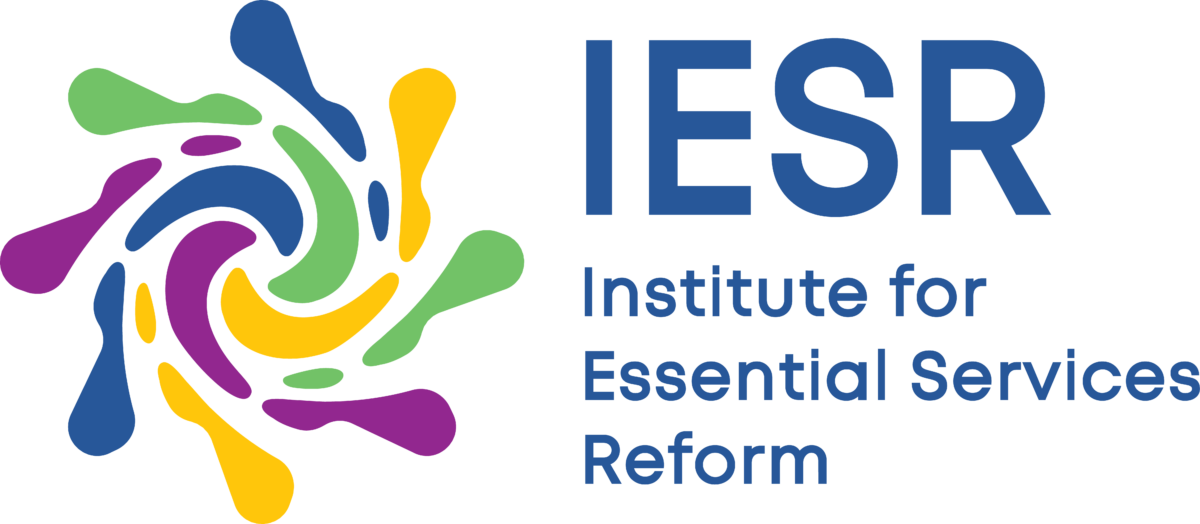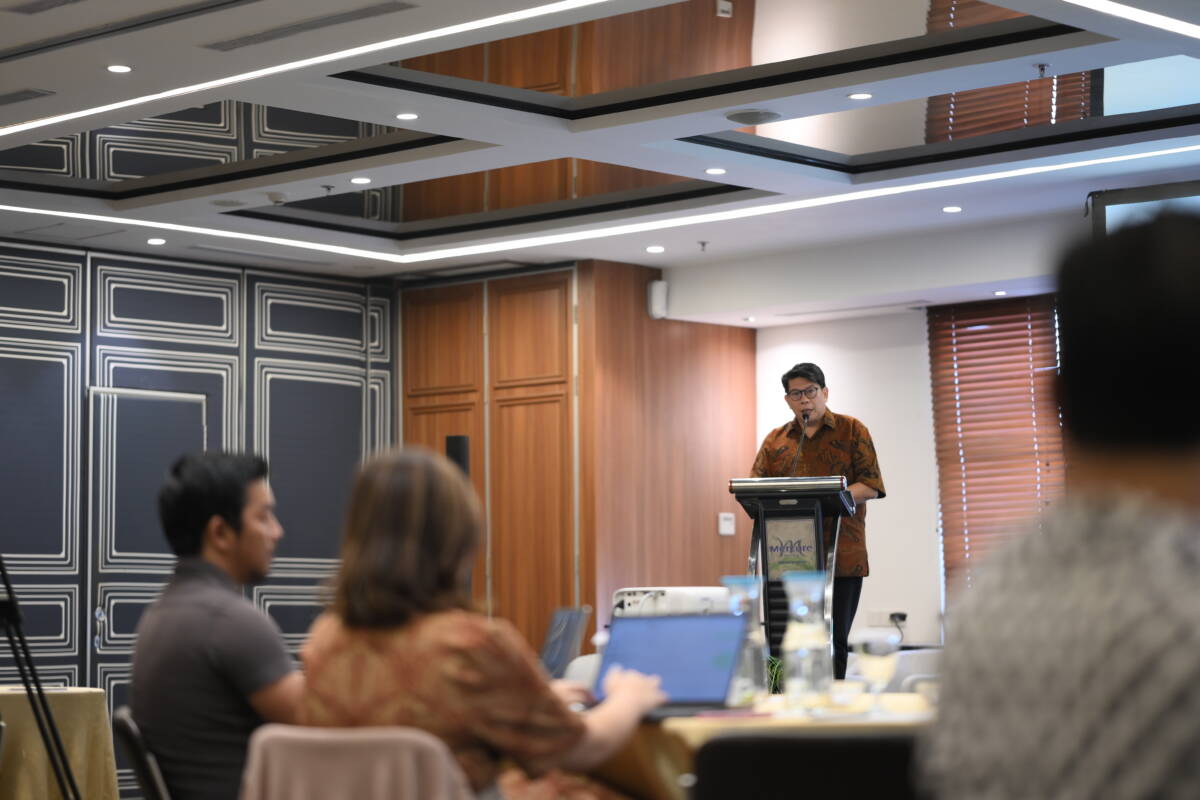Jakarta, February 27, 2025 – Indonesia’s vast technical renewable energy potential, exceeding 3,686 GW, is a crucial asset for increasing the country’s renewable energy mix beyond 23 percent, potentially reaching 50 percent by 2030. A recent study by the Institute for Essential Services Reform (IESR) identifies financially viable renewable energy project locations across Indonesia’s islands, considering recent technological advancements and economic indicators. The findings show that solar, wind, and hydro could serve as the backbone of a competitive energy transition.
The IESR study Unlocking Indonesia’s Renewables Future: The Economic Case of 333 GW of Solar, Wind, and Hydro Projects highlights 1,500 suitable locations for ground-mounted solar, onshore wind, and mini- and micro-hydro power plants. The total technical renewable energy potential in these locations is 548.5 GW.
Building on these findings, IESR assessed the financial viability of projects by calculating the Equity Internal Rate of Return (EIRR) and other financial parameters. The analysis identified 333 GW across 632 utility-scale renewable energy project locations as financially viable, based on prevailing tariff regulations and commonly used project financing structures in Indonesia. This includes 165.9 GW of ground-mounted solar power, 167 GW of onshore wind power, and 0.7 GW of thermal power.
IESR Executive Director Fabby Tumiwa emphasized that despite Indonesia’s vast solar, wind, and hydro potential, its utilization remains minimal. One key barrier is the perceived low reliability of solar and wind due to their intermittent nature. However, advancements in energy storage technology, such as battery energy storage systems and grid-forming inverters, could enable solar and wind, together boasting a technical potential of 3.4 TW, to serve as the backbone of Indonesia’s energy transition. Moreover, this transition could help achieve the country’s targets of eight percent economic growth and energy independence under Prabowo’s leadership.
“Renewable energy and energy storage technologies are becoming increasingly advanced and affordable. In some countries, the combination of solar and wind farms with dispatchable batteries is more competitive than gas and coal power plants. Transitioning to clean energy not only reduces emissions but can also drive economic growth and create new jobs, particularly through the expansion of solar energy manufacturing as demand increases,” Fabby explained during the Submission of the Renewable Energy Pre-FS Technical Report and the launch of Unlocking Indonesia’s Renewables Future: The Economic Case of 333 GW of Solar, Wind, and Hydro Projects in Jakarta (27/2).
IESR’s Social, Policy, and Economic Research Coordinator, Martha Jesica Mendrofa, revealed six key regions identified as the most promising for renewable energy development based on economic feasibility studies. Papua and Kalimantan have the highest concentration of potential solar power plant sites. Maluku, Papua, and South Sulawesi are considered optimal for wind power plants. Meanwhile, West Sumatra and North Sumatra hold the greatest potential for mini and micro-hydro power (MHP) development.
Martha explained that these regions have renewable energy project sites with high Equity Internal Rate of Return (EIRR) levels, making them financially viable. IESR’s findings indicate that approximately 61 percent of the 333 GW of potential renewable energy projects, equivalent to about 206 GW, have EIRR rates exceeding 10 percent, based on prevailing tariff regulations and project financing structures used in the study. This capacity surpasses Indonesia’s target in the National Electricity General Plan (RUKN), which aims for around 180 GW of solar and wind power by 2060. Moving forward, the potential for financially viable renewable energy projects is expected to grow as regulatory frameworks improve, infrastructure develops, and capital expenditure (CapEx) declines.
“This vast potential can be maximized through technological innovation and the development of a more flexible and modern electricity grid capable of supporting renewable energy integration. The government must also establish clear regulations and streamline the licensing process. These factors can enhance the attractiveness of renewable energy projects for investors,” said Martha.
Pintoko Aji, Research Coordinator of IESR’s Data and Modeling Group and one of the study’s authors, stated that the findings led to several key recommendations for policymakers, PLN, lenders, and renewable energy project developers.
IESR urges the government to allocate land for renewable energy, simplify the licensing process, and set specific renewable energy targets. Meanwhile, to support the integration of renewable energy in high-profit potential locations, PLN can enhance planning, expand the grid, and reform the procurement mechanism. To prioritize renewable energy development, IESR encourages developers to focus on projects with high profitability while optimizing design and financial planning.
In addition to launching a feasibility study on solar, wind, and thermal power plants, IESR also submitted pre-feasibility technical reports on three specific sites to Directorate General of New Renewable Energy and Energy Conservation: a wind farm in South Sulawesi, a pumped hydro energy storage project in South Sulawesi, and a solar power plant in South Sulawesi. This initiative aims to assist the government in integrating these projects into PLN’s RUPTL.

